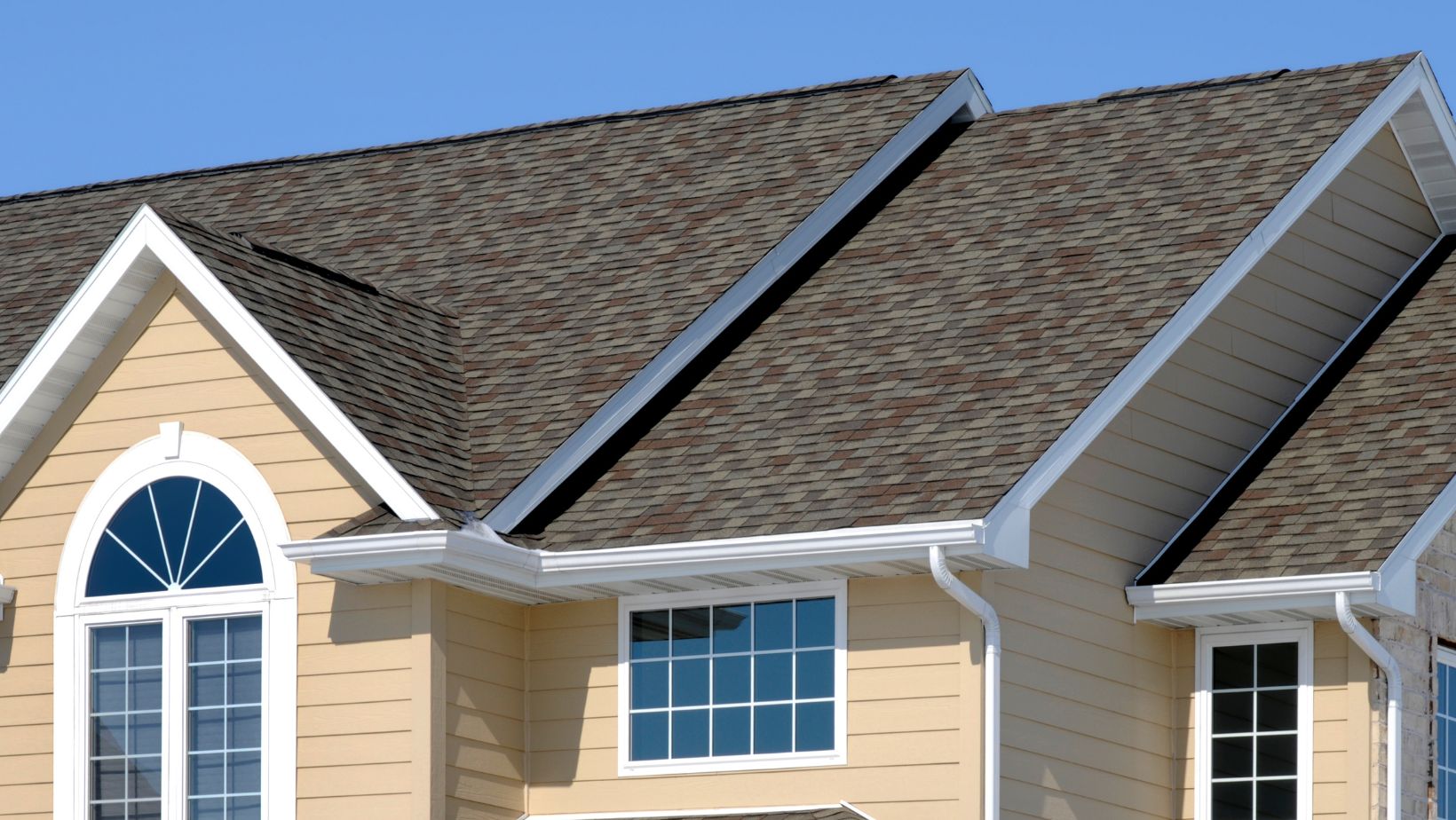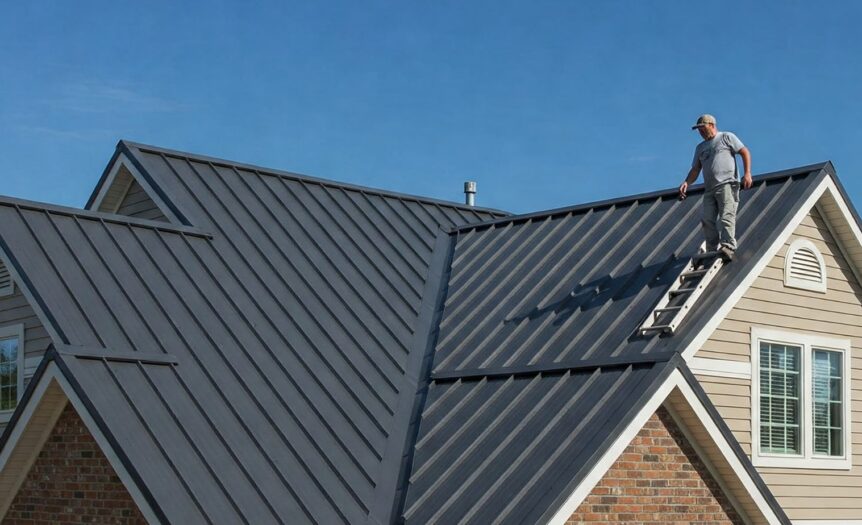In an era where sustainability is not just a buzzword but a necessary ethos, the focus on energy efficiency and resource conservation is paramount in the construction industry. One of the most impactful areas of energy efficiency in buildings is insulation, particularly in roofs, which account for a significant amount of heat loss. Optimising insulation in this space can lead to more sustainable building practices, thus benefiting both the environment and the occupants.
As building regulations become increasingly stringent, the technique of roof-only insulation has gained attention. This method not only improves thermal efficiency but can also be a cost-effective strategy for builders and homeowners alike. It’s worth considering if you want to make an immediate impact on energy consumption rates. For those interested in enhancing their properties, understanding why one might want to install roof-only insulation is essential. Many products serve this purpose, and one notable option is to install BluTex insulation on roof only, which highlights how specific materials can be tailored for optimal roofing insulation.
What is Roof-Only Insulation?
Roof-only insulation refers to the practice of insulating only the roof area of a building, rather than insulating the entire wall and floor systems. This method allows for targeted intervention—specifically addressing heat loss through the roof, which is one of the most substantial areas for thermal escape.
Traditional insulation often focuses on a holistic approach that includes walls and floors alongside the roof. However, when undertaken correctly, roof-only insulation can deliver remarkable results. By improving the building’s energy efficiency, occupants may notice reduced heating and cooling costs over time, resulting in a lower carbon footprint.
The Importance of Insulation in Sustainability
The construction industry is one of the leading contributors to greenhouse gas emissions. Consequently, ensuring that buildings are properly insulated can drastically reduce energy consumption. Here’s how:
• Reduced Energy Use: Insulation acts as a barrier against heat transfer. Well-insulated roofs prevent excessive heat from escaping in the winter and keep unwanted heat from entering during the summer months.
• Lower Carbon Footprint: With energy savings comes a significant reduction in carbon emissions. Fewer resources are required for heating and cooling, translating to less reliance on fossil fuels.
• Enhanced Comfort Levels: Properly insulated roofs contribute to a more consistent indoor climate, enhancing the quality of life for occupants.

Materials for Roof-Only Insulation
When considering roof-only insulation, the choice of material is crucial. Various options are available, each with its benefits and potential drawbacks.
Fibreglass Insulation
Fibreglass insulation is one of the most commonly used materials in both roof and wall systems. It provides decent thermal resistance and is relatively easy to install. However, it might not be the best option for roofs, particularly if moisture is prevalent.
Spray Foam Insulation
Spray foam insulation expands and covers all crevices, offering excellent air sealing properties. It adheres directly to the roof structure, making it an excellent choice for irregular spaces. The flexibility in application is particularly valuable in roofs with unique shapes.
Multiplex Insulation Systems
These systems often incorporate an array of materials to maximise thermal benefits. They may include reflective barriers and layers of acoustic insulation. Combining different materials can enhance energy efficiency and provide acoustic benefits, which is beneficial in urban environments.
Best Practices for Implementation
Implementing roof-only insulation can be straightforward, but there are best practices to follow for optimal outcomes:
1 Assess Existing Conditions: Before you begin, evaluate the existing insulation materials. This step will inform whether a complete removal is necessary or if adding a layer on top will suffice.
2 Choose the Right Material: Based on your budget and requirements, select the insulation that will work best for your needs. Researching the R-value (thermal resistance) of different materials will also be beneficial.
3 Consider Ventilation Needs: Proper ventilation is critical to prevent moisture build-up. Even if insulation alone can drastically reduce energy consumption, it’s not a panacea if moisture creates complications down the road.
4 Engage Professionals: Although it may be tempting to undertake a DIY approach, hiring professionals ensures the installation meets industry standards and complies with local regulations.
The Economic Perspective
From a financial standpoint, the investment in roof-only insulation often pays off quickly. While the initial installation cost can be daunting, the long-term savings through reduced energy bills can make it a worthwhile expenditure. Additionally, improved energy efficiency can increase property value, providing a dual benefit for homeowners.
Conclusion
Integrating roof-only insulation into your building strategy can be a game-changer in sustainable practices. By reducing energy consumption, lowering carbon footprints, and enhancing the overall living experience, this approach aligns seamlessly with modern sustainability goals. Whether you’re looking from an ecological standpoint or a financial perspective, the benefits are extensive.
In a world increasingly focused on sustainability, understanding and utilising roof-only insulation stands as a forward-thinking solution. As building practices evolve, embracing new methods and materials will help shape a more sustainable future. By taking actionable steps today, we can create the energy-efficient buildings of tomorrow.


More Stories
Why Arizona Land Is Becoming the Hottest Investment of 2025
The Laptop Adviser: Your Ultimate Guide to Choosing the Right Laptop
AI-Powered Homes for Digital Nomads: Living Smarter Anywhere in the World